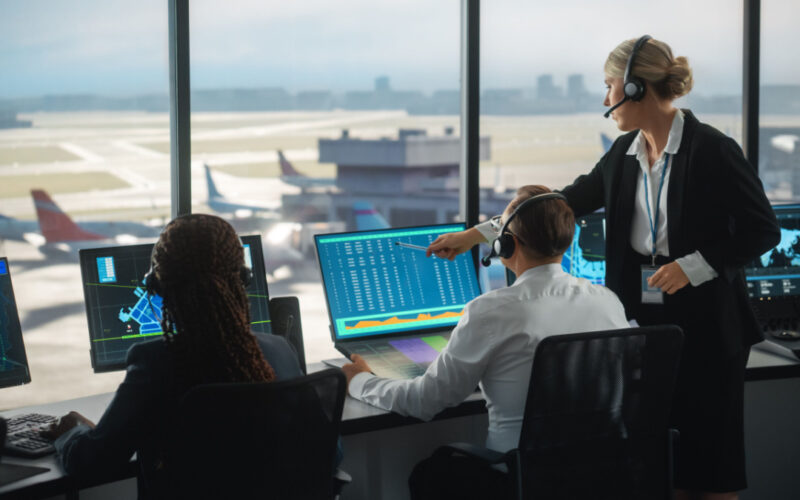Understanding IATA and ICAO Airport Codes and Their Usage

Airport codes play a crucial role in the aviation industry, providing a convenient way to identify airports worldwide. These codes come in two versions: IATA (International Air Transport Association) codes and ICAO (International Civil Aviation Organization) codes. While IATA codes are commonly used by airlines and travel agents, ICAO codes are primarily used for air traffic control and operational purposes.
The history of airport codes dates back to the 1930s when two-letter codes were introduced. However, as the number of airports grew, a more comprehensive system was needed. In 1944, ICAO was established as a UN agency to standardize international air travel, followed by the creation of IATA in 1945 as a trade association for airlines. In the late 1940s, IATA introduced the three-letter airport identification system, while ICAO established its own coding system to simplify airport identification for operational and safety purposes.
ICAO codes follow a specific naming convention. The first letter denotes the region, such as:
- A for Africa
- B for Asia
- C for Europe
- D for the Middle East
- E for North America
- F for South America
- G for Oceania
The second letter provides more specific information about the location, while the third and fourth letters identify individual airports within the same region.
On the other hand, IATA codes are more random and can vary widely. Some codes use three letters from the city name, while others follow national naming conventions or reference the airport name itself. For example, Las Vegas-Harry Reid International Airport is identified as LAS, Hong Kong International Airport as HKG, and Paris-Charles de Gaulle Airport as CDG.
Europe, being a major aviation hub, has numerous IATA codes for its airports. Cities like London have multiple major airports, each with its own code. For instance, Heathrow is LHR, Gatwick is LGW, Luton is LTN, London City is LCY, and Stansted is STN. Other popular European airport codes include CDG (Paris Charles de Gaulle), FRA (Frankfurt Airport), FCO (Rome Fiumicino), AMS (Amsterdam Schiphol), and BCN (Barcelona).
Passengers can easily find their airport codes on their tickets, boarding passes, and baggage tags. Airport websites, travel guides, and online resources like the IATA website offer comprehensive lists of airport codes for reference.
In summary, airport codes serve as quick and efficient identifiers for airports worldwide. Understanding the distinction between IATA and ICAO codes allows for effective communication and coordination in the aviation industry.
